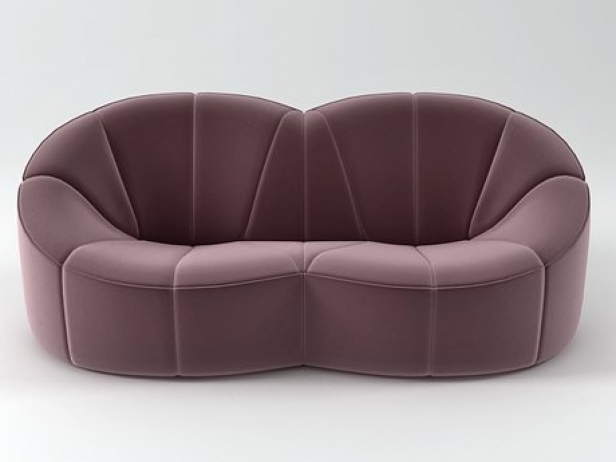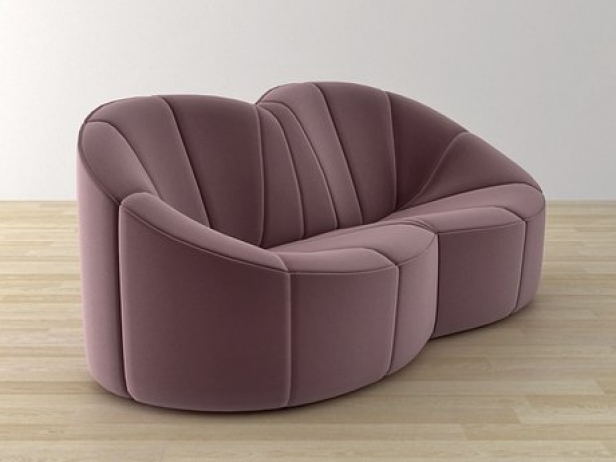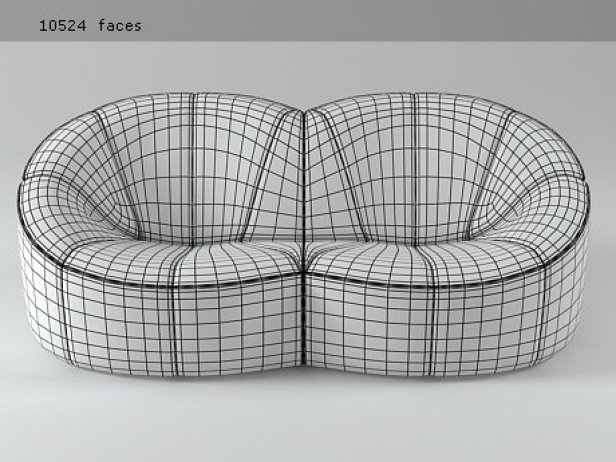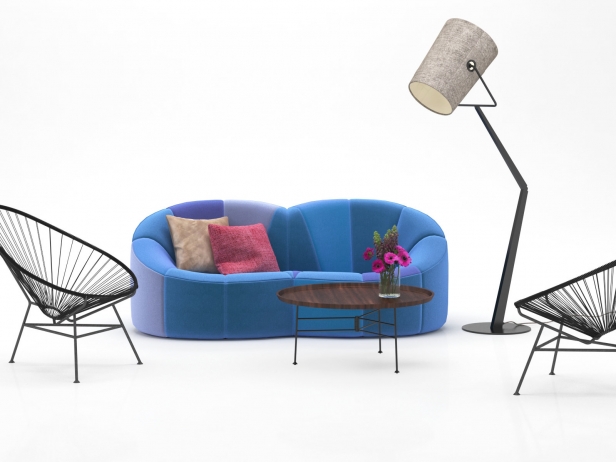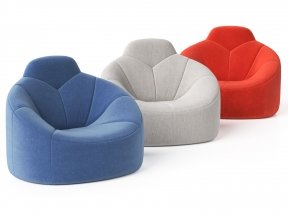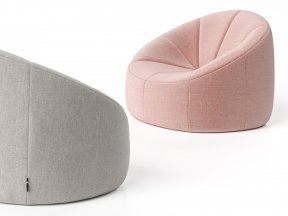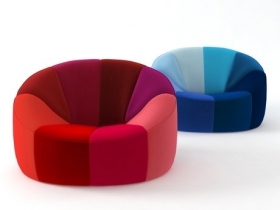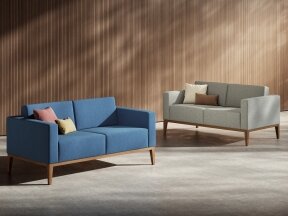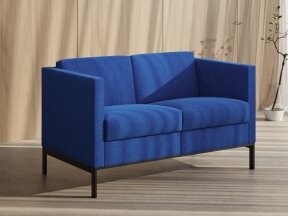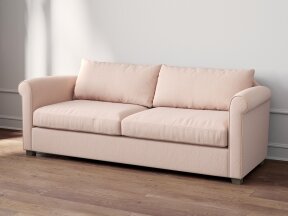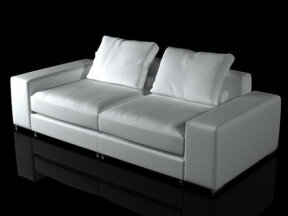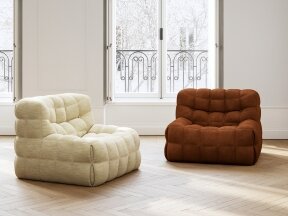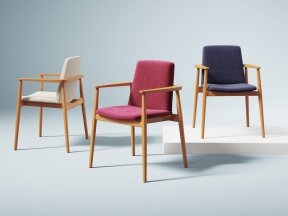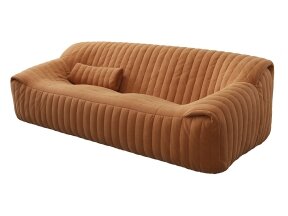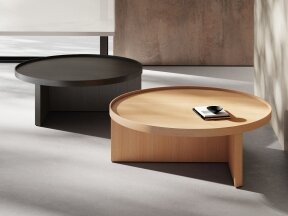| Extension | Size | Supported version | Supported renderers | Format description?Compatibility |
|---|---|---|---|---|
| .max | 954.60 kB | 3ds MAX 9 or above |
|
All Design Connected 3d models are originally created in 3ds Max 9 and V-Ray renderer. We use in-house developed automation tools to convert our models to support other renderers like Mental Ray, Built-in Scanline, Corona and Maxwell, with MXM and MXS files included. All Design Connected 3d models are originally created in 3ds Max 9 and V-Ray renderer. We use in-house developed automation tools to convert our models to support other renderers like Mental Ray, Built-in Scanline, Corona and Maxwell, with MXM and MXS files included. Files units are centimeters and all models are accurately scaled to represent real-life object's dimensions. The model comes as a single editable mesh or poly object (or as group for rigged models or where displace modifier has been used) properly named and positioned in the center of coordinate system. No lights, cameras and render/scene setup are included unless otherwise stated in the particular model’s description. |
| Extension | Size | Supported version | Supported renderers | Format description?Compatibility |
|---|---|---|---|---|
| .c4d | 1.08 MB | Cinema 4D R16 or above |
|
All Design Connected 3d models are originally created in 3ds Max and for V-Ray renderer. Our in-house team of 3d artists handle all further conversions and adaptations to deliver best possible visual and technical quality of the Cinema 4D content we offer. All Design Connected 3d models are originally created in 3ds Max and for V-Ray renderer. Our in-house team of 3d artists handle all further conversions and adaptations to deliver best possible visual and technical quality of the Cinema 4D content we offer. Files units are centimeters and all models are accurately scaled to represent real-life object's dimensions. The model comes as a single editable object (or as a group when necessary) properly named and positioned in the center of coordinate system. No lights, cameras and render/scene setup are included unless otherwise stated in the particular model's description. |
| Extension | Size | Supported version | Supported renderers | Format description?Compatibility |
|---|---|---|---|---|
| .skp | 827.74 kB | SketchUp 8 or above |
|
SketchUp file format with basic materials and textures. |
| Extension | Size | Supported version | Supported renderers | Format description?Compatibility |
|---|---|---|---|---|
| .fbx and .obj | 1.27 MB |
|
OBJ an FBX files with diffuse colors and textures.
|
|
| Extension | Size | Supported version | Supported renderers | Format description?Compatibility |
|---|---|---|---|---|
| .aof | 475.95 kB |
|
Abvent Artlantis file format with materials, proper shaders and textures.
|
|
| Extension | Size | Supported version | Supported renderers | Format description?Compatibility |
|---|---|---|---|---|
| .dwg | 515.17 kB |
|
Autodesk DWG files with basic geometry and textures
|
|
One purchase gives access to all file formats available. By default only .max file format is selected for download.
During the checkout process and before downloading a model you will see a list of available file formats to make your selection.
You can download at no cost all additional file formats needed at any time from "Downloads" page in your Account.
Product description
For the very first time, Pierre Paulin's 1971 design for seating for the private apartments of Claude & Georges Pompidou at the Elysee Palace is being put into large-scale production.
As its name suggests PUMPKIN is evocative of a giant pumpkin, welcoming the user with its protectively voluptuous (and voluptuously protective) shell. Characteristic of the revolutionary style of Paulin, as initiated at the end of the 1950s, the designer effectively liberated seating by treating each piece as a unique volume, more or less sculpted from foam and not necessarily resting on four feet. This untraditional approach brought extraordinary freedom in terms of form, liberating seating as it did from standard methods of assembly and orthogonal lines.
In further developing the work of Jean Royere (his ELEPHANTEAU armchair of 1939 and in particular his OURS POLAIRE sofa of 1947), Paulin went on to produce all-enveloping pieces with yielding, organic, rounded, luscious, sensual forms, ready to welcome the body with abandon, adopting its contours and natural movements. With Pierre Paulin, it was finally the seat which adapted to the body and not the other way around.
Year of design: 1971





